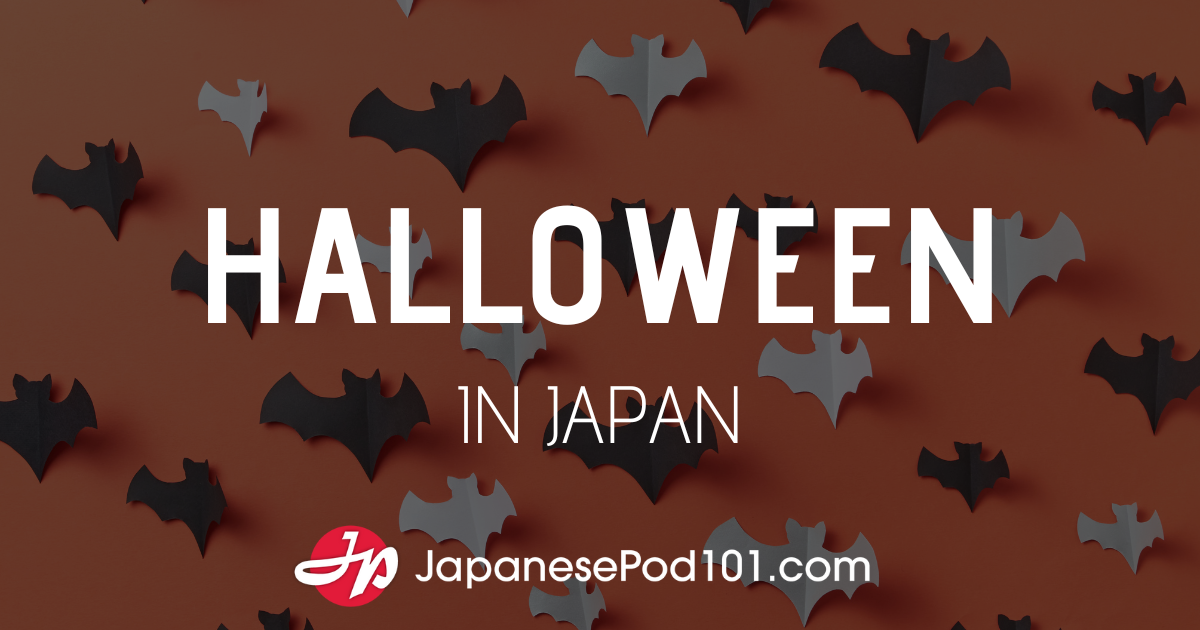Archive for the 'Japanese Language' Category
November 11, 2010
Top Five Tools for Learning Japanese
This lesson offers a few tools to help you learn Japanese. Some of these great tools to aid in your Japanese studies include the following:
Rikaichan
a popup dictionary extension for the Firefox Internet browser that translates Japanese into English, German, French, or Russian. With this extension installed, you can easily look up the meaning of Japanese words that show up on webpages by simply hovering the cursor over the word. A box will instantly pop up with the reading and definition of the word.
Rikaichan Kanji Dictionary
Hover the cursor over any kanji, whether it is part of a compound or by itself, and press the Shift or Enter key to toggle between the word, kanji, and name dictionaries.
The kanji ... Show more
October 28, 2010
Top 5 Important Dates in Japan
This blog focuses on the top five most important holidays in Japan.
Seijin no Hi
"Coming-of-Age Day." On this
day, people who turn twenty during the current school year, which runs between April until the following March, celebrate their coming of age. In Japan, when people turn twenty, society legally recognizes them as an adult, and they are able to drink alcohol and vote.
Golden Week
The period in late April and early May that contains many Japanese national holidays grouped closely together.
O-bon
a Buddhist event where people pray for the repose of their ancestors' souls and remember the deceased. If you are familiar with Mexico's Day of the Dead festival, O-bon is quite similar. O-bon takes place from the... Show more
October 21, 2010
Work Culture and Politics
This is a continuation of the previous blog post Top 5 aspects of Family Life
Work Culture and Economy
Japan's economy is ranked second in the world after that of the United States
some of its main industries include motor vehicles, electronics, industrial and transportation equipment, and chemicals.
Employees in their first years at a company often have to work long hours for little pay.
It is very common for employees to all go out drinking together after a long day at work; the Japanese see this as a way to strengthen relationships and build work camaraderie.
Another important part of the Japanese work economy is the custom of lifelong employment.
This system is becoming less common due to a decrease in the... Show more
October 14, 2010
Count Your Riches in Japanese!
As you learn more and more Japanese, you will come across the apparently confusing Japanese counting system as the numbers get more complex. This is due to Chinese influence, as the counting system in Japan comes from Chinese tradition, grouping larger numbers in "myriads" (every 10,000, unlike the Western way of grouping in thousands (1000).
in Japanese, 乃rom 3 digits on, the numbers are counted as:
百 / "hyaku" / "100"
千 / "sen" / "1,000"
1万 / "ichi-man" / "10,000"
Numbers from 20 to 90 are ("digit")-jū
Hundreds from 200 to 900 are "(digit)-hyaku"
Thousands from 2000 to 9000 are "(digit)-sen"
Tens of thousands from 10,000 to 90,000 are "(digit)-man"
Keep in mind, that:
If written in Arabic numerals, they... Show more
September 30, 2010
Double Your Rewards In Japanese!
As you learn more about Japanese culture, we are sure that you will want to learn even more Japanese words and phrases! The way to experience Japan at its fullest is being able to communicate and make the best of your stay in this fascinating country. But sometimes we feel that time is short! However, did you know that you can use Japanese to learn more Japanese? of course, you can ask for help, in Japanese!
Remember to be polite at all times and use:
すみません。 ( Sumimasen )
"excuse me."
We often use it to try to politely get someone's attention if we are about to say something or ask a question.
「 word 」 は日本語で何ですか。 ( wa Nihon-go de nan desu ka? )
"How do you say (word) in Japanese?"
You can use this phrase... Show more
September 23, 2010
I Marge Am
You may have noticed that Japanese sentences' word order are different from English. Yet, although it may sound odd to say "I Marge am", don't be discouraged about it, it is just a matter of learning Japanese sentence structure and soon it will become second nature. Remember that to Nihon-jin our word order for "My name is Marge" must be strange too!
What is Nihon-jin? Nihon-jin is the way to say "Japanese person".
in Japanese, to express nationality, you add the word for person, jin ( 人 )to the name of a country. Let's take a look at some examples.
日本 (Nihon) + 人 (jin )= 日本人 "Japanese person"
in the same way:
ア メリカ (Amerika) + 人 (jin )= アメリカ人 (Amerika-jin) "American person"
イギリス (Igirisu) + 人 (jin )= ... Show more
September 16, 2010
Nice to Meet You!
If you are in Japan for business or travel, or meeting you Japanese friend's family in your own country, we are sure you would love to impress your Japanese hosts. But you have heard that Japanese is difficult and a mistake can cause great confusion or trouble. Don't worry!
Here we bring you some useful tips for that sucessful first meeting:
"Kon'nichi wa. Watashi wa desu"
こ んにちは。 わたしは です
My name is .
in this sentence,
こんにちは
Kon'nichi wa is the Japanese equivalent of "hello" and can be used at any time of day.
わ たし
Watashi is a polite way for males or females to say "I" or "me."
は
wa is a particle that follows the topic you are going to be talking about.
です
Desu is called a copula, and refers to one type... Show more
September 9, 2010
Japanese Pitch Accent
Can you imagine offering to buy your new girlfriend a box of "rain" while shopping in Tokyo instead of "candy?" Impressive if you can pull it off, but not much help if she has a sweet tooth! When you can hear and say the pitch properly in Japanese, you won't be caught making embarrassing mistakes!
Pitch accent refers to a characteristic of language where every syllable can be pronounced with a high or low pitch. Pitch accent is considered different from the concepts of stress and tone that appear in English and Chinese, respectively.
English: Stress
Chinese: Tones
Japanese: Pitch
Some assert that English has over 30,000 syllabic sounds. In contrast, Japanese has only 111 (112, according to some linguists). There are many... Show more
September 2, 2010
Did You Just Call Me Grandma?
The concept of long and short vowel sounds is an important concept to understand when learning Japanese pronunciation. Vowels can be lengthened, and there is a very distinct difference between long and short vowels. Note that in this lesson, a macron (small horizontal line over a vowel) denotes a long vowel that we hold for twice as long as a regular vowel.
double vowels
and vowel pairs
Sounds like...
ああ aa
あー ahh
いい ii
いー ee
うう uu
うー ooh
ええ ee
えい ei
えー ehh
おお oo
おう ou
おー ohh
In many cases, whether the vowel is long or short will determine the meaning of the word. Let's illustrate this with some examples:
かど
カード
kado
kaado
"corner"
"card"
in the case of kaado ... Show more
August 26, 2010
The Second One Counts!
You try your hand at Japanese at the ramen shop, and ask for "plain" ramen...but your bowl comes back covered in clams! Turns our you asked for asari ("clams"); when you meant assari ("plain").
in Japanese, sometimes you will see double consonants in the middle of a word, like (kk, ss, tt, cc, etc.). Here, you need to pause in the middle as we take extra time to pronounce double constanents.
As with the example of "asari" and "assari", the double consonants can really change the meaning of words, so it is key to not overlook them.
Did you know about these very similar sounding words?
にし (nishi)"west" and にっし (nisshi) "daily report
スパイ (supai) "spy" and すっぱい (suppai) "sour"
かた (kata) "shoulder" and かった (katta)... Show more









